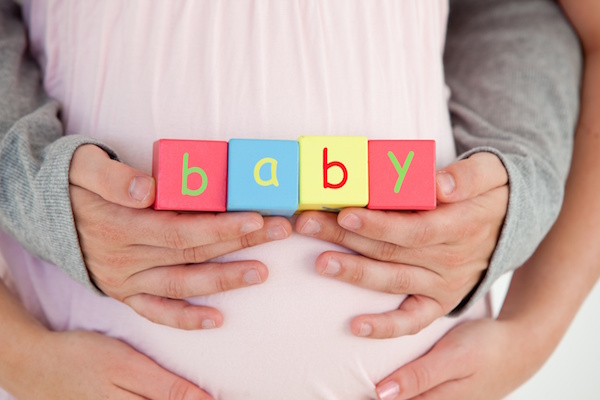
TUESDAY, May 26, 2015 (HealthDay News) — The initial portion of ejaculate is most likely to lead to conception, a small new study suggests.
Spanish researchers found that the first fraction of ejaculate contains more sperm, and that these sperm are more active and have better quality DNA than those that follow.
The findings confirm that the objective of the first portion of ejaculate — about the first 15 to 45 percent — is meant to fertilize the egg, the researchers said. The rest of the ejaculate is meant to prevent sperm from other men from fertilizing the egg, according to the investigators.
The study authors added that their findings, published online recently in the journal Systems Biology in Reproductive Medicine, seem to show how to get the best sperm for use in in-vitro fertilization.
“Ejaculate has always been considered as a whole. However, we believe that it is divided into two quite different phases due to its composition and physiological functions, aimed at achieving two equally important actions in terms of reproduction,” lead author Maria Hebles said in a Spanish Foundation for Science and Technology news release.
Hebles, co-director of the reproduction laboratory at the Ginemed Assisted Human Reproduction Clinic in Seville, explained that for use in in-vitro fertilization, ejaculate is normally collected in a single container. This means that both phases are mixed together. And mixing them together could have a detrimental effect on the sperm, she said.
In the study, the researchers analyzed sperm from 40 men who were asked to collect the two phases of ejaculate separately into two containers.
“As we were expecting, the sperm from the first fraction of ejaculate were faster moving and the count was higher, and more importantly, they had higher DNA integrity than sperm from the second phase,” Hebles said.
More information
The U.S. National Library of Medicine has more about in-vitro fertilization.
Copyright © 2025 HealthDay. All rights reserved.

